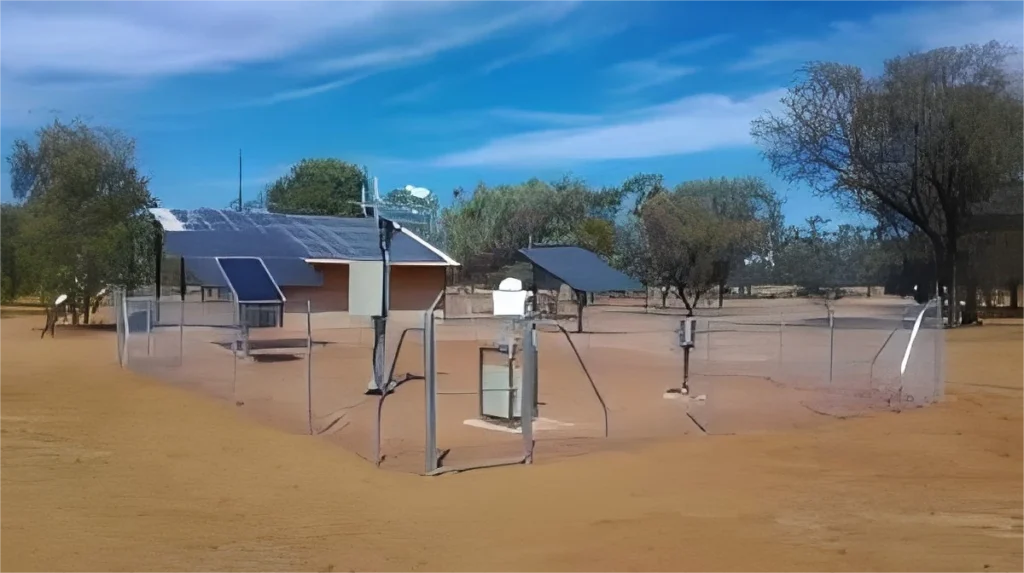Disadvantages of Automatic Weather Stations

# Disadvantages of Automatic Weather Stations
Automatic Weather Stations (AWS) have revolutionized meteorological data collection by providing real-time, accurate, and continuous weather information. However, despite their numerous advantages, AWS also come with several disadvantages that can impact their effectiveness and reliability. Below, we explore some of the key drawbacks of using automatic weather stations.
## High Initial Cost
One of the primary disadvantages of AWS is the high initial cost. Setting up an automatic weather station requires a significant investment in equipment, including sensors, data loggers, and communication devices. Additionally, installation and calibration can be expensive, especially in remote or hard-to-reach locations.
## Maintenance Requirements
AWS require regular maintenance to ensure accurate and reliable data. Sensors can become dirty or damaged over time, and batteries or power sources may need replacement. In harsh environments, such as deserts or polar regions, maintenance can be particularly challenging and costly.
## Limited Sensor Lifespan
Weather sensors have a limited lifespan and may degrade over time due to exposure to extreme conditions. For example, humidity sensors can become less accurate if they are not properly maintained, and anemometers may wear out after prolonged use. This necessitates frequent replacements, adding to the overall cost.
## Data Transmission Issues
Many AWS rely on wireless communication to transmit data to central servers. However, signal interference, network outages, or power failures can disrupt data transmission, leading to gaps in weather records. In remote areas with poor connectivity, this can be a significant issue.
## Dependency on Power Sources
Most AWS depend on batteries or solar panels for power. In regions with limited sunlight or during prolonged cloudy periods, solar-powered stations may experience power shortages. Similarly, battery-powered stations require regular checks and replacements to avoid data loss.
## Vulnerability to Environmental Damage
Automatic weather stations are often exposed to harsh environmental conditions, such as heavy rain, strong winds, or extreme temperatures. These conditions can damage sensitive equipment, leading to inaccurate readings or complete system failures.
## Lack of Human Oversight
While automation reduces the need for human intervention, it also means that errors or malfunctions may go unnoticed for extended periods. Without regular manual checks, faulty sensors or system issues can compromise data quality.
## Conclusion
Despite their disadvantages, automatic weather stations remain a valuable tool for meteorologists and researchers. However, understanding their limitations is crucial for ensuring accurate and reliable weather data. By addressing these challenges through proper maintenance, technological advancements, and strategic placement, the drawbacks of AWS can be mitigated to a great extent.